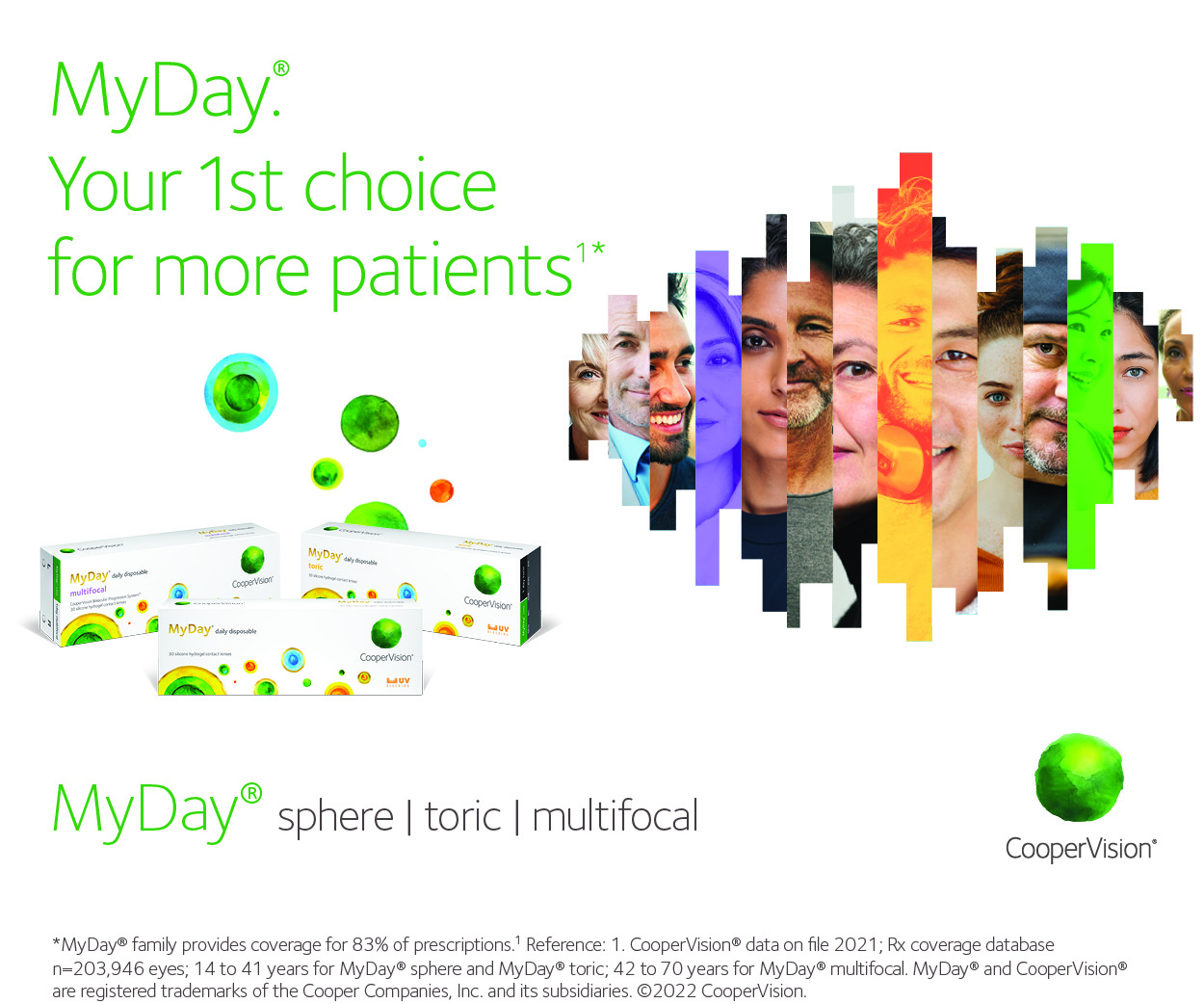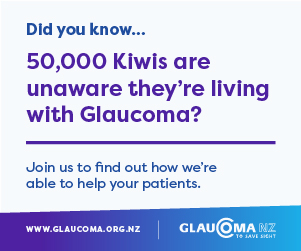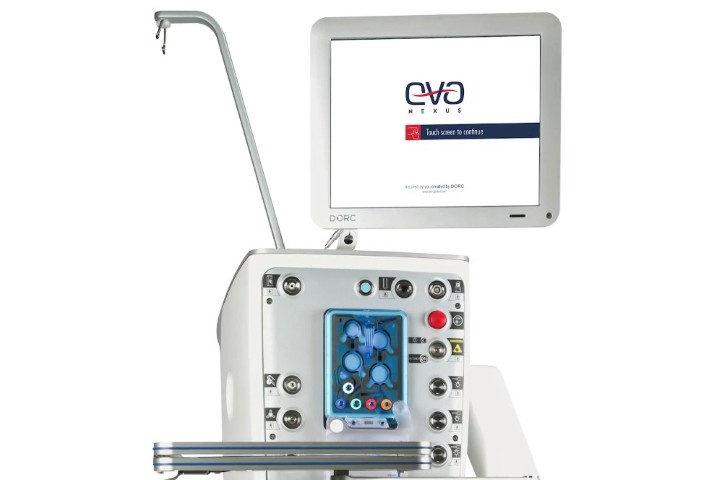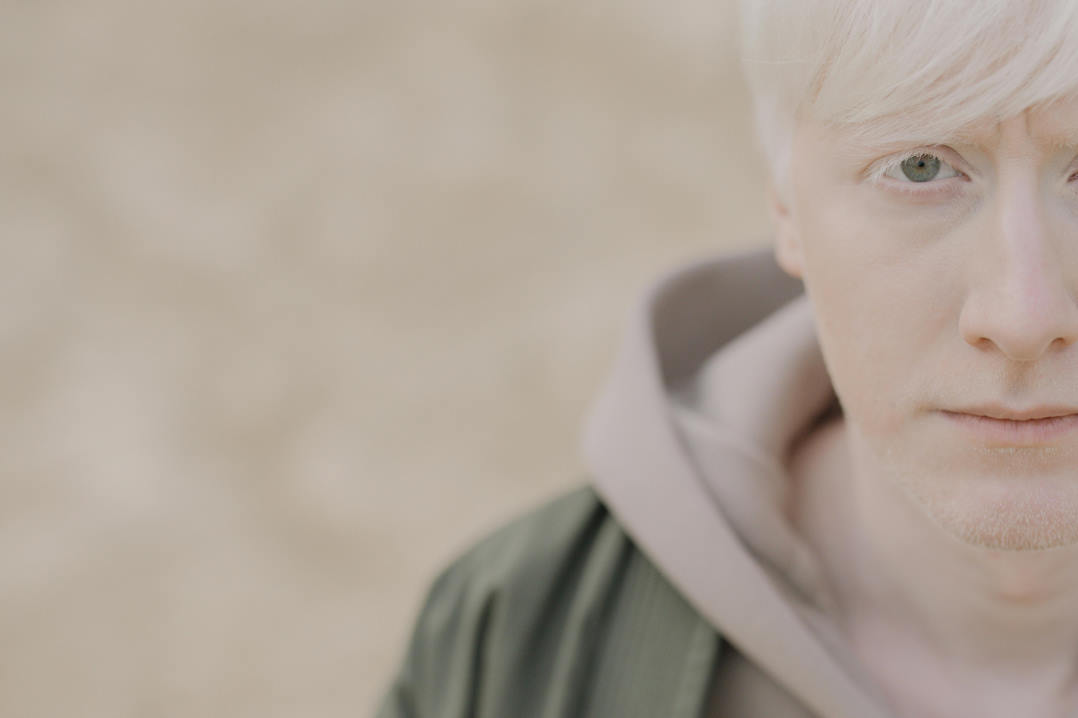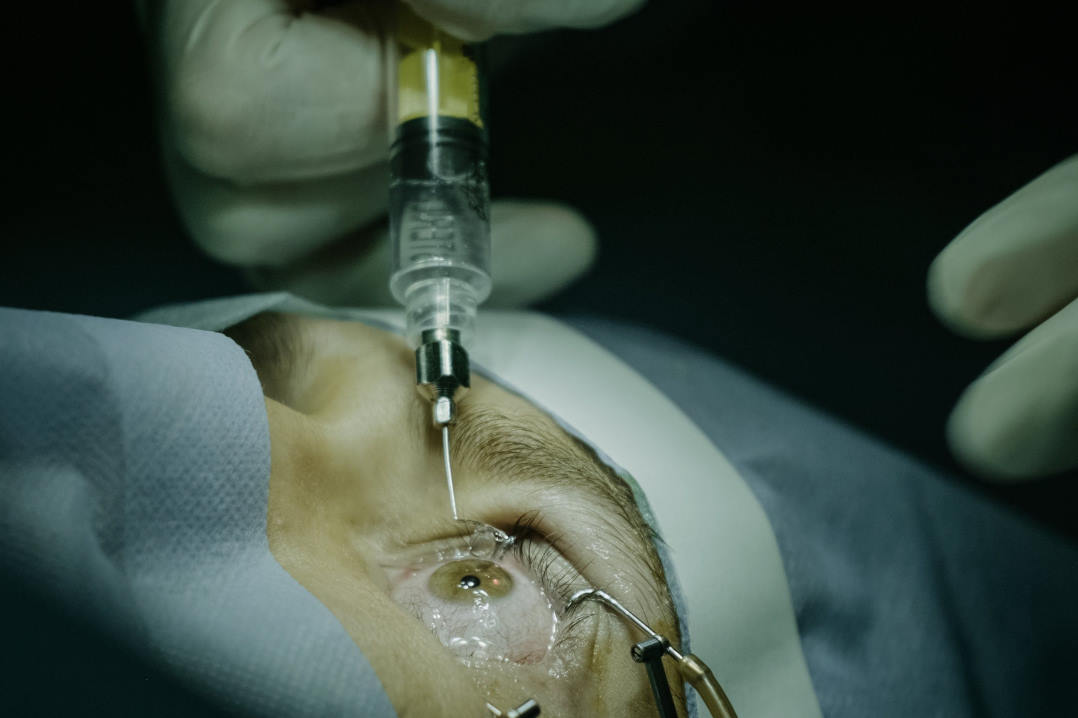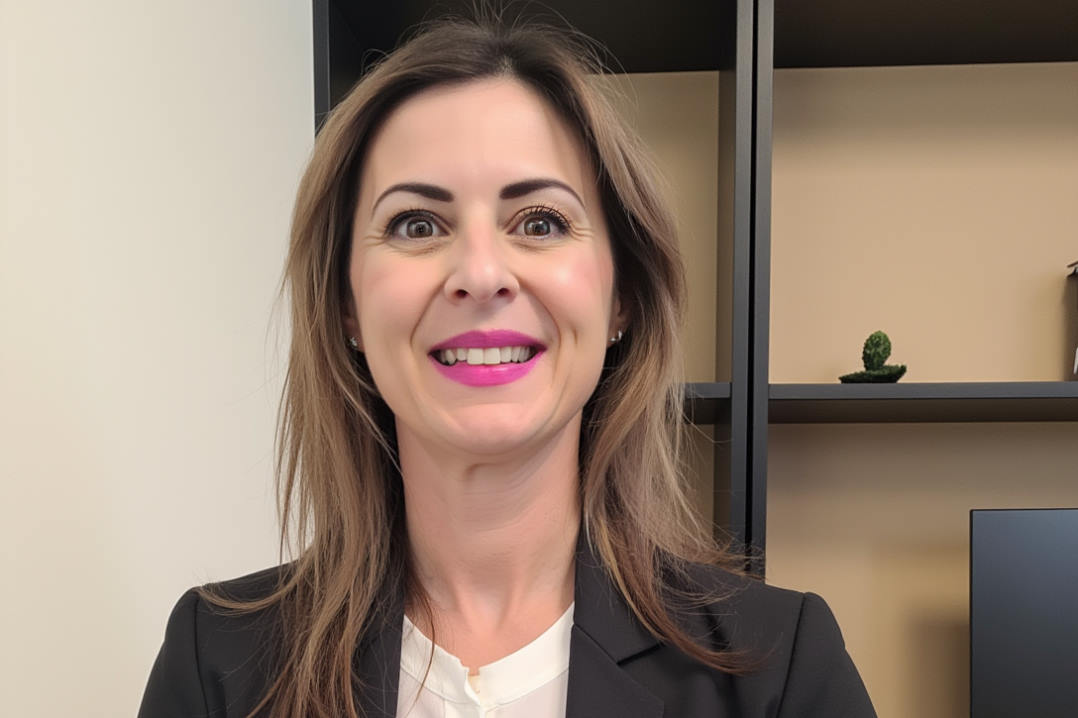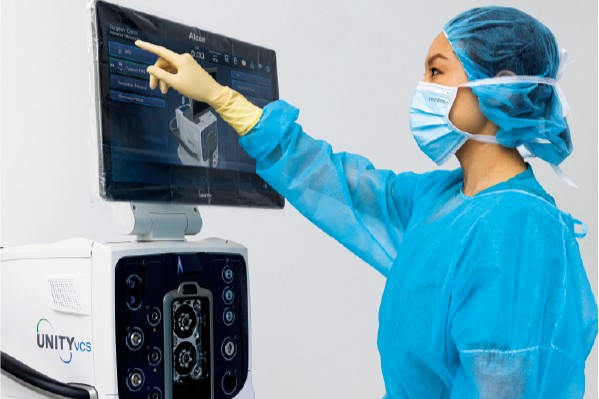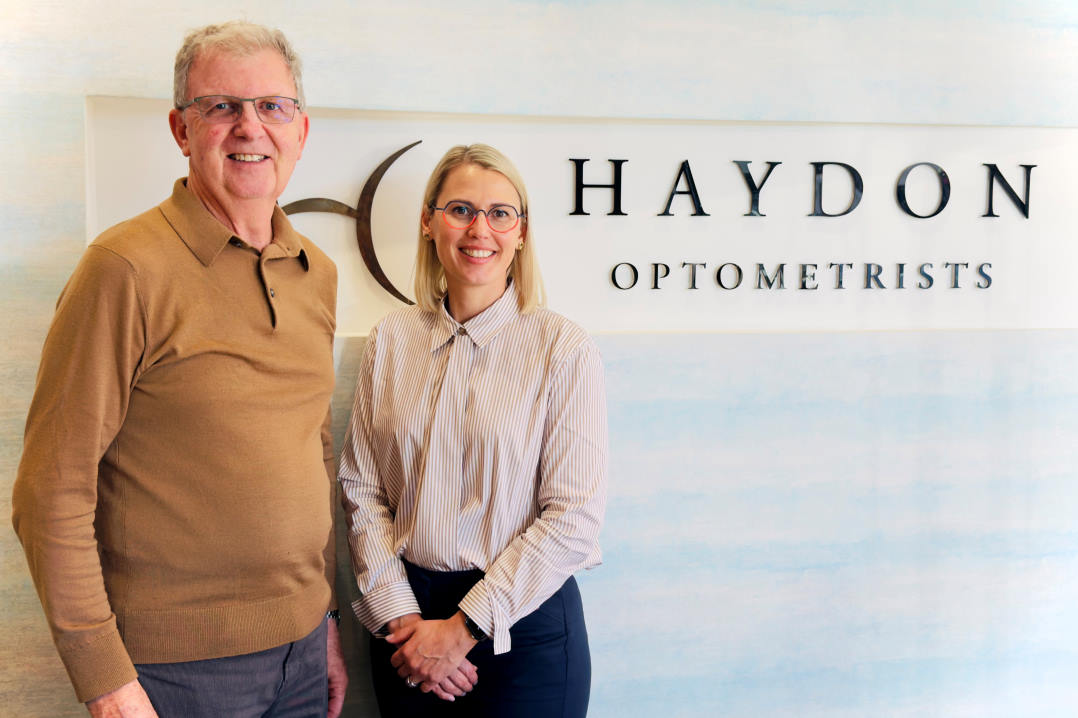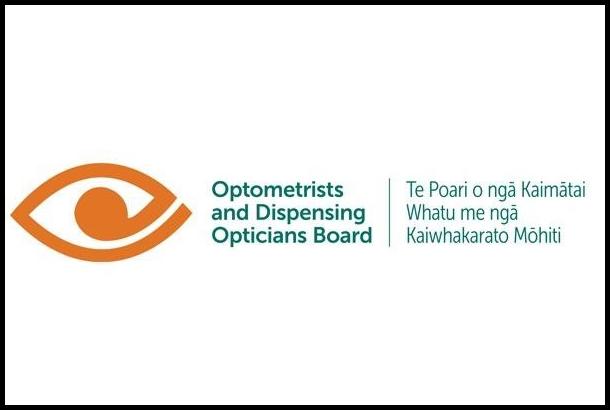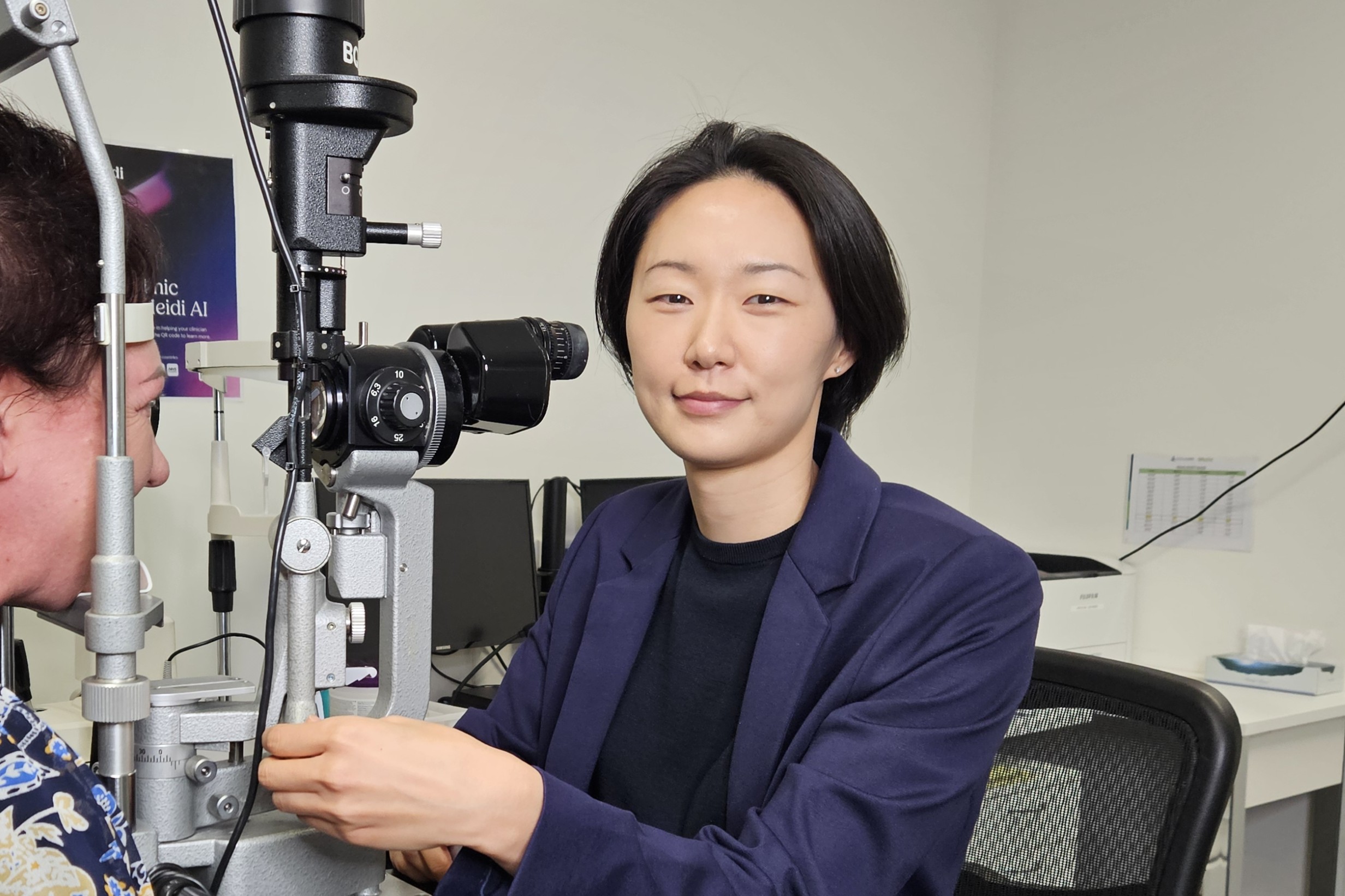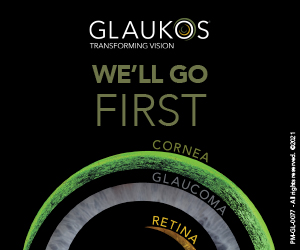Dual triggers revealed for AMD
Two different types of retinal deposits may contribute to early age-related macular degeneration (AMD), with one of them also being indicative of undetected heart disease, reported authors of a new US study.
Researchers at the New York Eye and Ear Infirmary of Mount Sinai assessed 18 patients (32 eyes) with advanced AMD, discovering retinal autofluorescence was double the intensity in those with subretinal drusenoid deposits (SDDs), compared to those with drusen. “Combined with our prior research, this provides conclusive evidence that two different AMD disease processes are taking place, one with darker fluorescence and drusen and one with brighter fluorescence and SDDs, and they need to be treated differently,” said lead author Professor Theodore Smith, Icahn School of Medicine, Mount Sinai. While drusen formation can be slowed by appropriate vitamin supplements, there is no known treatment for SDDs and they pose a greater threat of advanced AMD, said researchers.
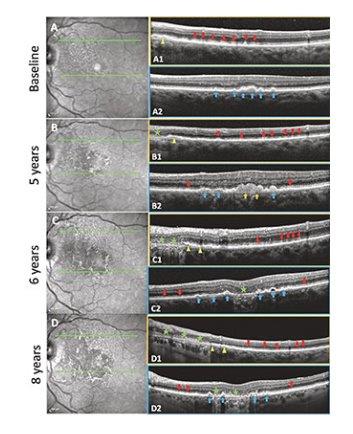
Soft drusen and subretinal drusenoid deposits (SDDs) evolving and progressing to geographic atrophy (GA) in the same eye over eight years with residual basal laminar deposit (BLamD) in a 79-year-old female. Left: NIR images. Right: SD-OCT B scans. Boxes outlined with orange, scans through an SDD region. Boxes outlined with blue, scans through a soft drusen region. Credit: Icahn School of Medicine at Mount Sinai
In a previous study, Prof Smith’s team also discovered patients with SDDs are likely to have heart damage from heart failure and heart attacks, advanced heart valve disease or strokes associated with carotid artery disease. “We think the SDDs result from deficient blood flow to the eye caused by these vascular diseases. We therefore believe that patients with SDDs should be warned they may have life-threatening undetected heart conditions that should be evaluated and treated,” he said, noting that restoring the eye’s blood supply may also help the SDDs. “This work should prompt retinal specialists to look for both drusen and SDDs with OCT to best counsel patients.”





